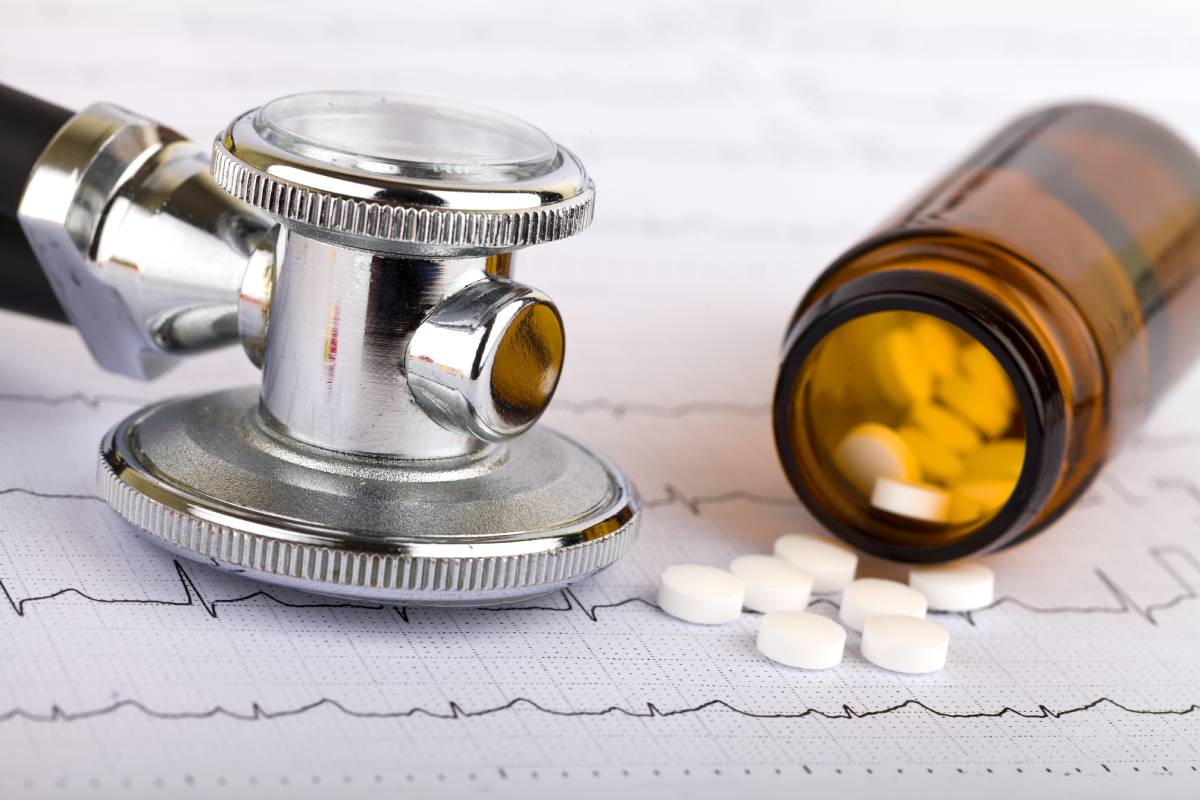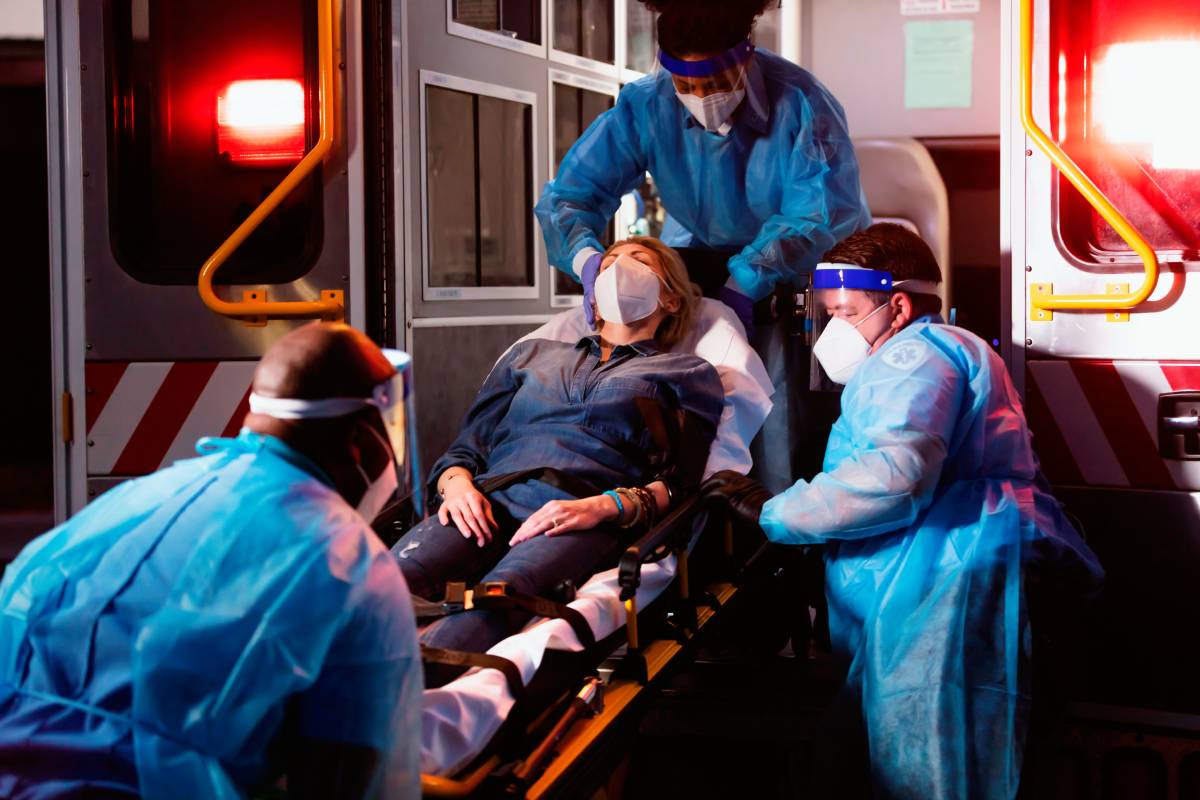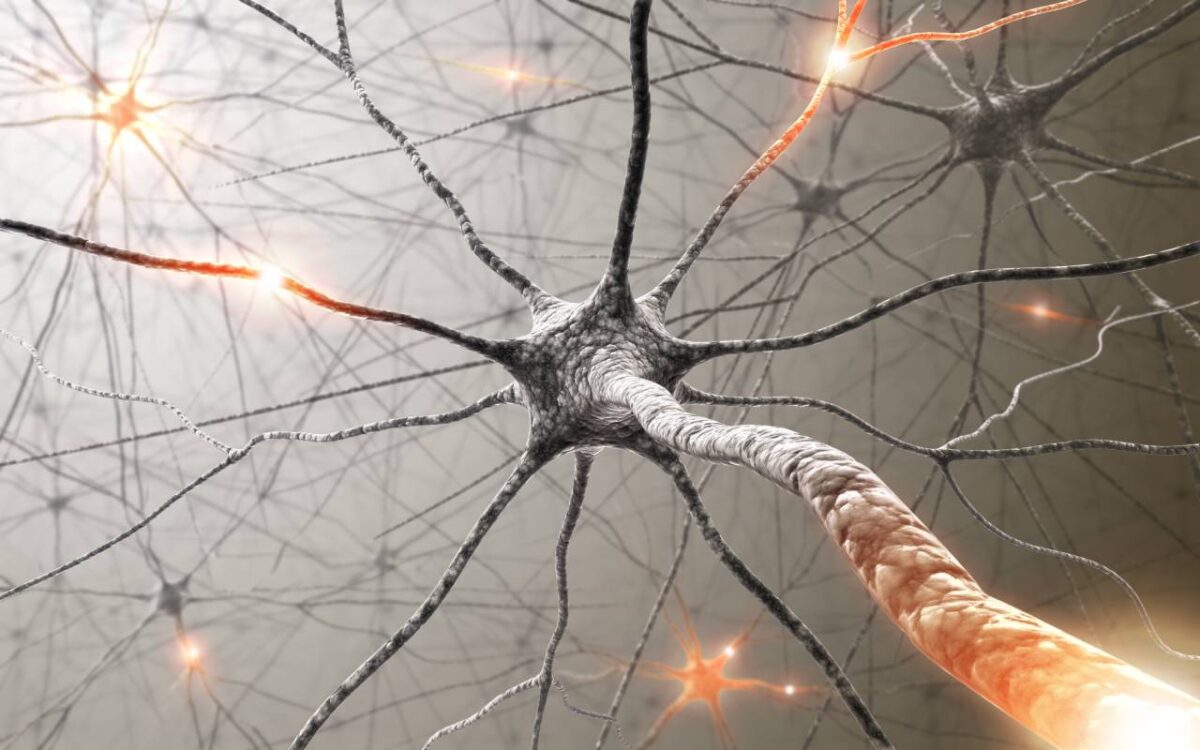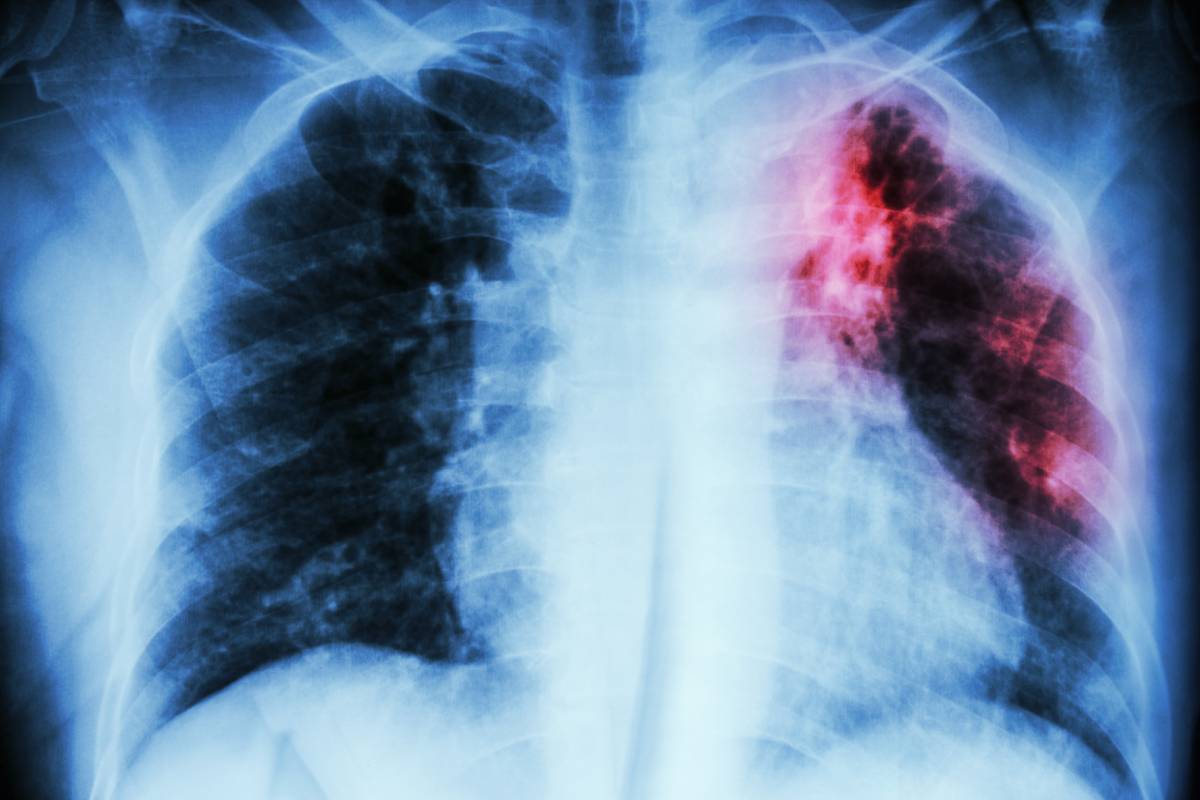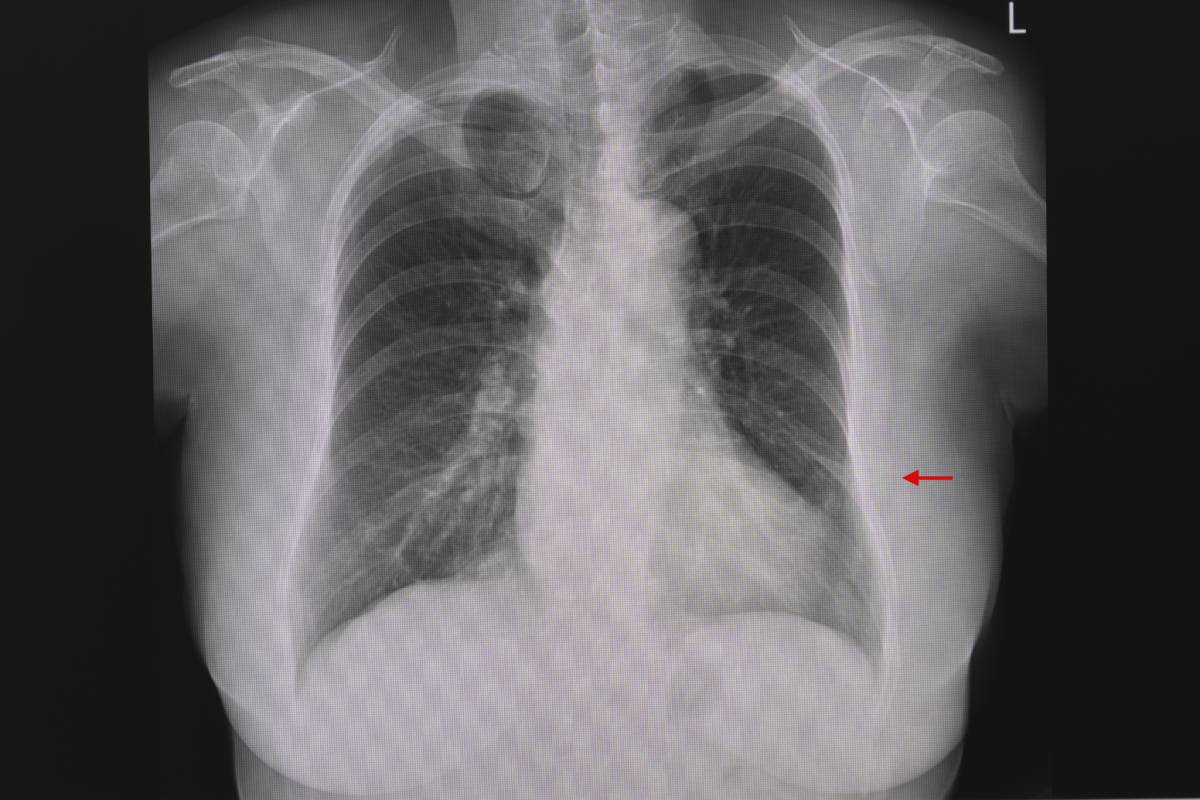Propofol is an intravenous drug that is widely used for anesthesia and sedation in surgeries and other interventional procedures [1]. It exerts its sedative effects through interacting with GABAA receptors; at low doses, it increases GABA agonist efficiency and at higher doses it directly opens negative ion channels on GABA receptors and causes hyperpolarization [2]. Propofol is rapidly distributed from blood to tissues and then quickly metabolized in the liver to inactive metabolites (the glucuronide and corresponding quinol glucuronides); this swift process explains why the drug is favored in clinical use – rapid onset and elimination [3]. However, adverse effects can include pain upon injection, hypotension, bradycardia including asystole, and respiratory depression [1,3]. One rare but serious adverse event that has been reported in the literature is propofol neuroexcitation or “propofol frenzy”.
Propofol is known to have anti-convulsant properties, which are thought to be because of its modulation of the GABA receptor, much like other known anticonvulsive pharmacotherapies [1]. Preclinical studies with rodent hippocampal neurons showed propofol increases the inward current produced by GABAA receptors. An analysis comparing the EC50 of propofol and GABA infusions reveal both emulsions activate GABAA receptors in similar ways [4]. Further studies on miniature inhibitory post-synaptic currents (mIPSCs) demonstrated low concentrations of propofol could have inhibitory synaptic effects on neuroexcitation, for example prolonging repetitive opening of GABAA channels [4,5]. While propofol influences other ion channels such as potassium, sodium, calcium, NMDA, and acetylcholine, its effect on the GABA receptor seems to be strongest, suggesting GABA-mediated neurotransmission is the primary cause of the drug’s neuro-depressive properties [4].
A landmark study from 2003 found a point mutation in the β3 subunit of the GABAA receptor was sufficient to extinguish the effects of propofol in causing loss of righting reflex (the analogue for loss of consciousness in mice) [6]. Other studies suggest amino acids in the β1 and β2 subunits are also important for the receptor to interact normally with propofol. An approach involving cysteine residues provided results which suggest propofol’s binding site exists near the middle of the transmembrane domain 3 (TM3) [7].
However, early clinical studies from the 1990s associated propofol administrations with instances of post-surgical convulsions, perhaps through a drug-induced excitation of the CNS, sometimes called “propofol frenzy” [1,8]. A systematic review found 55 reports of 70 patients without epilepsy, all of whom experienced seizure-like phenomena (SLP) after propofol; for most patients, SLP was observed during either induction of anesthesia (24 patients, 34%) or emergence (28 patients, 40%). Five patients had abnormal EEG, with generalized spiking of neural activity in two and generalized slowing in three [1]. In three patients, abnormal CT results revealed small infarcts and ventricular bleeding, as confirmed by MRI. The review also found 10 reports of 11 patients with epilepsy; their SLP manifested as general tonic-clonic seizures in 82% of patients and opisthotonos in 18%. Case reports such as these have their limitations, predominantly low validity due to selection and observer bias, nonetheless, it should be noted 13 of the 70 patients without epilepsy had no comorbidities and were not concomitantly taking any other medication, yet they too experienced similar intensities of SLP after propofol [1].
Propofol also seems to facilitate glutamate release from cerebrocortical glutamatergic terminals, unlike NMDA antagonists such as ketamine and phencyclidine [2]. Neuroexcitation induced by propofol is unique in that there is a lack of a stereotyped pattern in the neocortex. While there is no evidence supporting any pharmacological treatment for propofol neuroexcitation at this time, reducing stimulation and avoiding propofol in subsequent administrations is recommended.
References
- Walder, B., Tramèr, M. R., & Seeck, M. (2002). Seizure-like Phenomena and Propofol: A Systematic Review. Neurology, 58(9), 1327–1332. https://doi.org/10.1212/WNL.58.9.1327
- Carvalho, D. Z., Townley, R. A., Burkle, C. M., Rabinstein, A. A., & Wijdicks, E. F. M. (2017). Propofol Frenzy: Clinical Spectrum in 3 Patients. Mayo Clinic Proceedings, 92(11), 1682–1687. https://doi.org/10.1016/j.mayocp.2017.08.022
- Adembri, C., Venturi, L., & Pellegrini-Giampietro, D. E. (2007). Neuroprotective Effects of Propofol in Acute Cerebral Injury. CNS Drug Reviews, 13(3), 333–351. https://doi.org/10.1111/j.1527-3458.2007.00015.x
- Orser, B. A., Wang, L. Y., Pennefather, P. S., & MacDonald, J. F. (1994). Propofol Modulates Activation and Desensitization of GABAA Receptors in Cultured Murine Hippocampal Neurons. Journal of Neuroscience, 14(12), 7747–7760. https://doi.org/10.1523/JNEUROSCI.14-12-07747.1994
- Takahashi, A., Tokunaga, A., Yamanaka, H., Mashimo, T., Noguchi, K., & Uchida, I. (2006). Two Types of GABAergic Miniature Inhibitory Postsynaptic Currents in Mouse Substantia Gelatinosa Neurons. European Journal of Pharmacology, 553(1–3), 120–128. https://doi.org/10.1016/j.ejphar.2006.09.047
- Jurd, R., Arrasa, M., Lambert, S., Drexler, B., Siegwart, R., Crestani, F., Zaugg, M., Vogt, K. E., Ledermann, B., Antkowiak, B., & Rudolph, U. (2003). General Anesthetic actions in vivo Strongly Attenuated by a Point Mutation in the GABA A Receptor β3 Subunit. The FASEB Journal, 17(2), 250–252. https://doi.org/10.1096/fj.02-0611fje
- Yip, G. M. S., Chen, Z.-W., Edge, C. J., Smith, E. H., Dickinson, R., Hohenester, E., Townsend, R. R., Fuchs, K., Sieghart, W., Evers, A. S., & Franks, N. P. (2013). A propofol Binding Site on Mammalian GABAA Receptors Identified by Photolabeling. Nature Chemical Biology, 9(11), 715–720. https://doi.org/10.1038/nchembio.1340
- Collier, C., & Kelly, K. (1991). Propofol and Convulsions—The Evidence Mounts. Anesthesia and Intensive Care, 19(4), 573–575. https://doi.org/10.1177/0310057X9101900416

